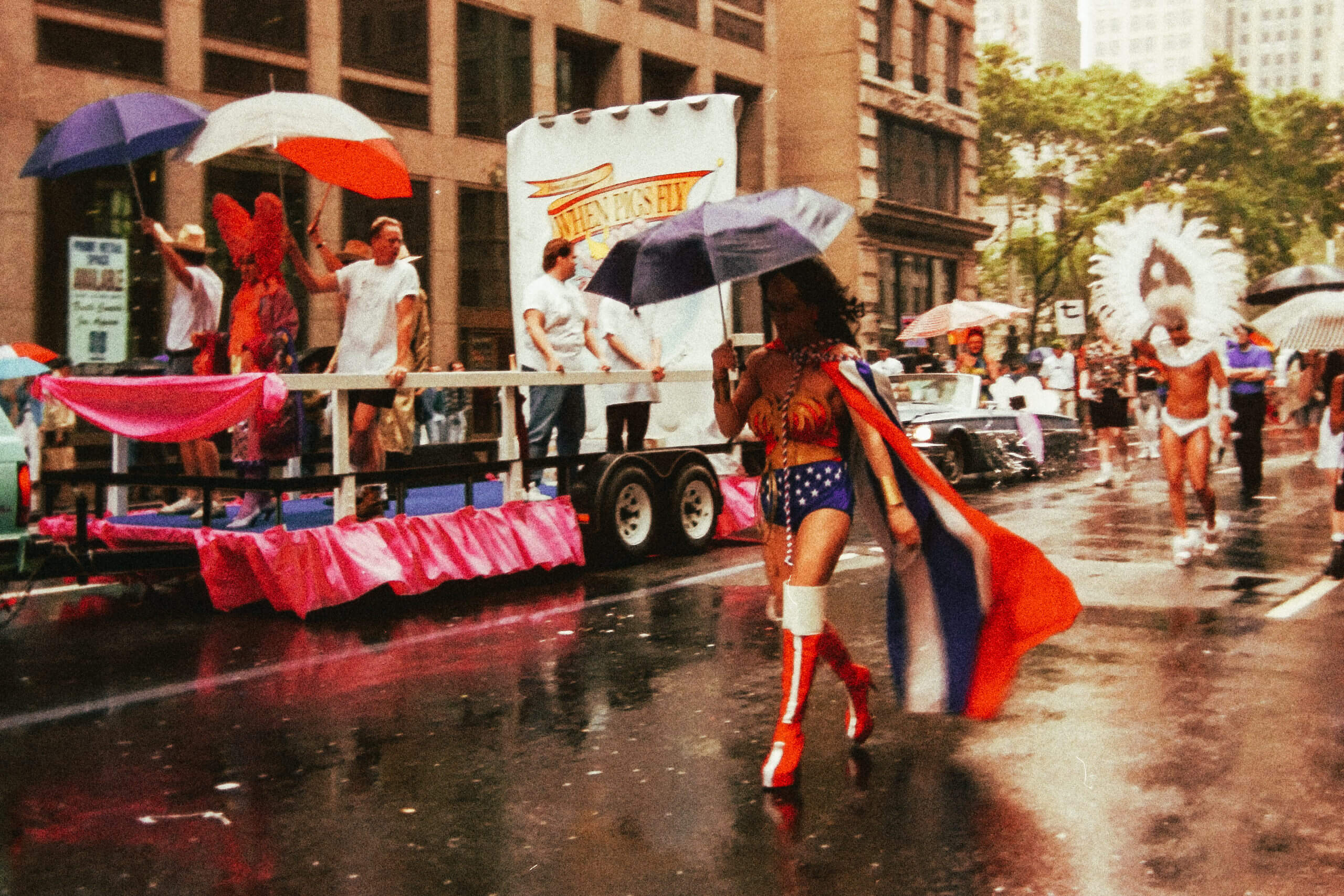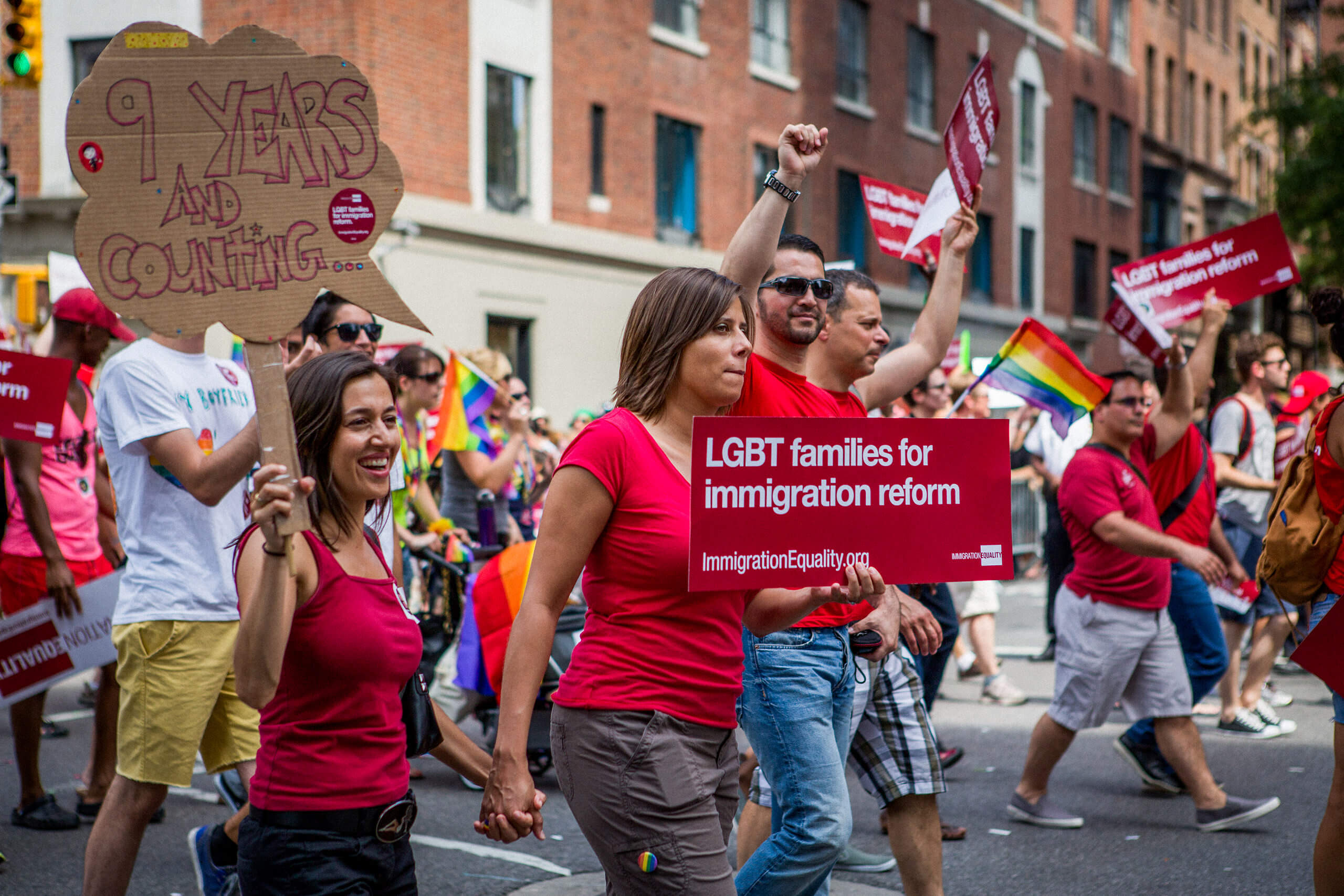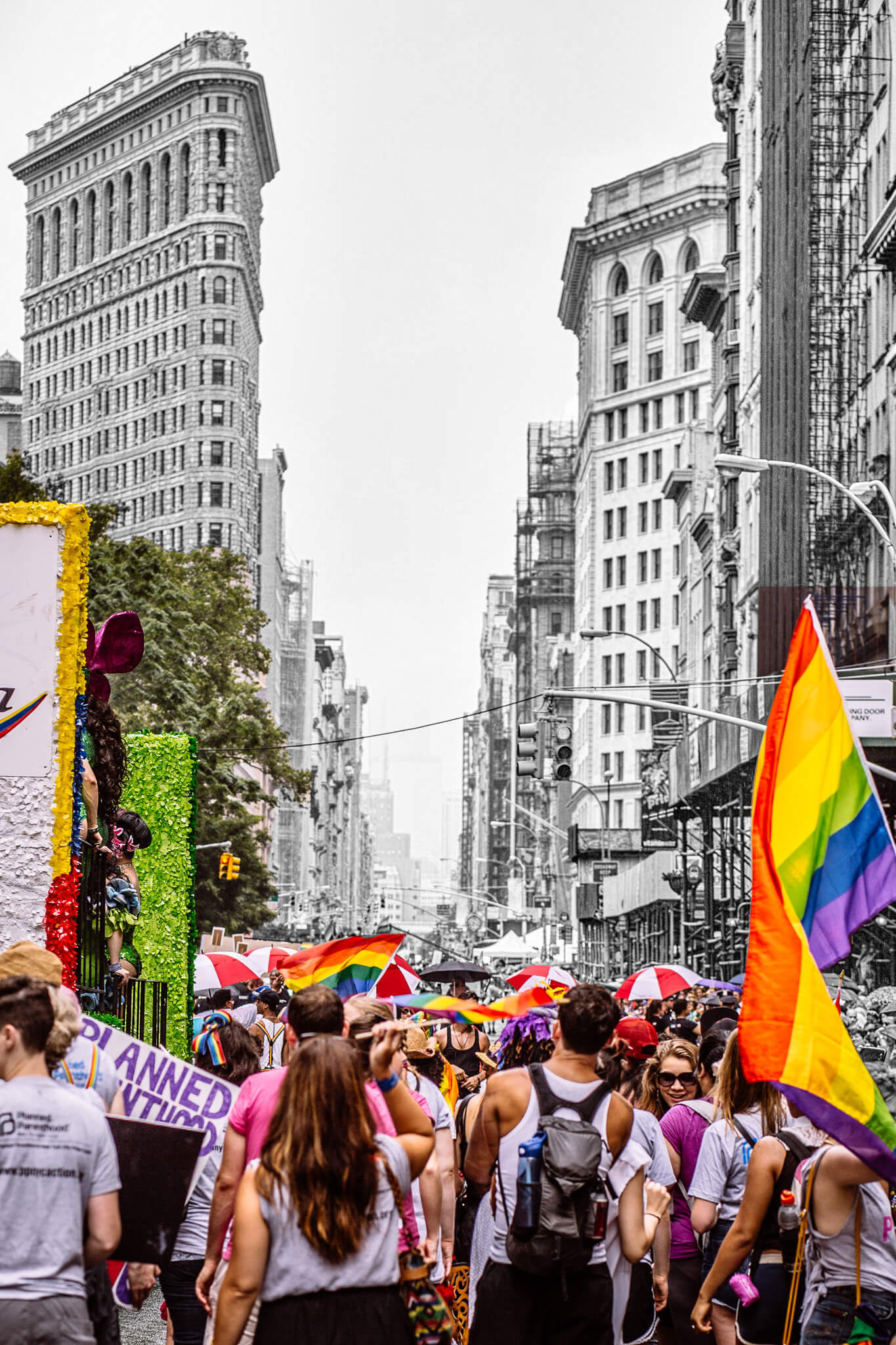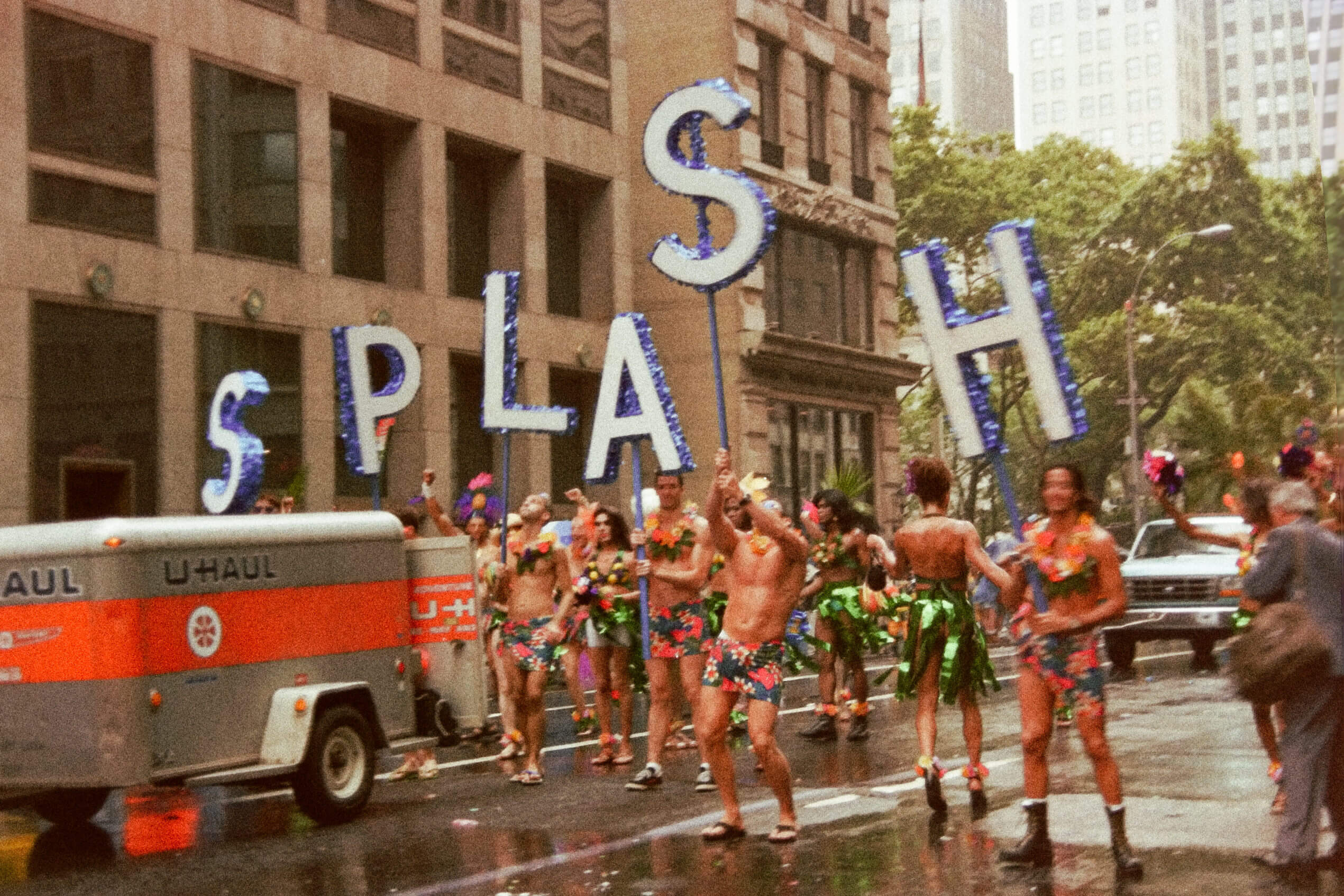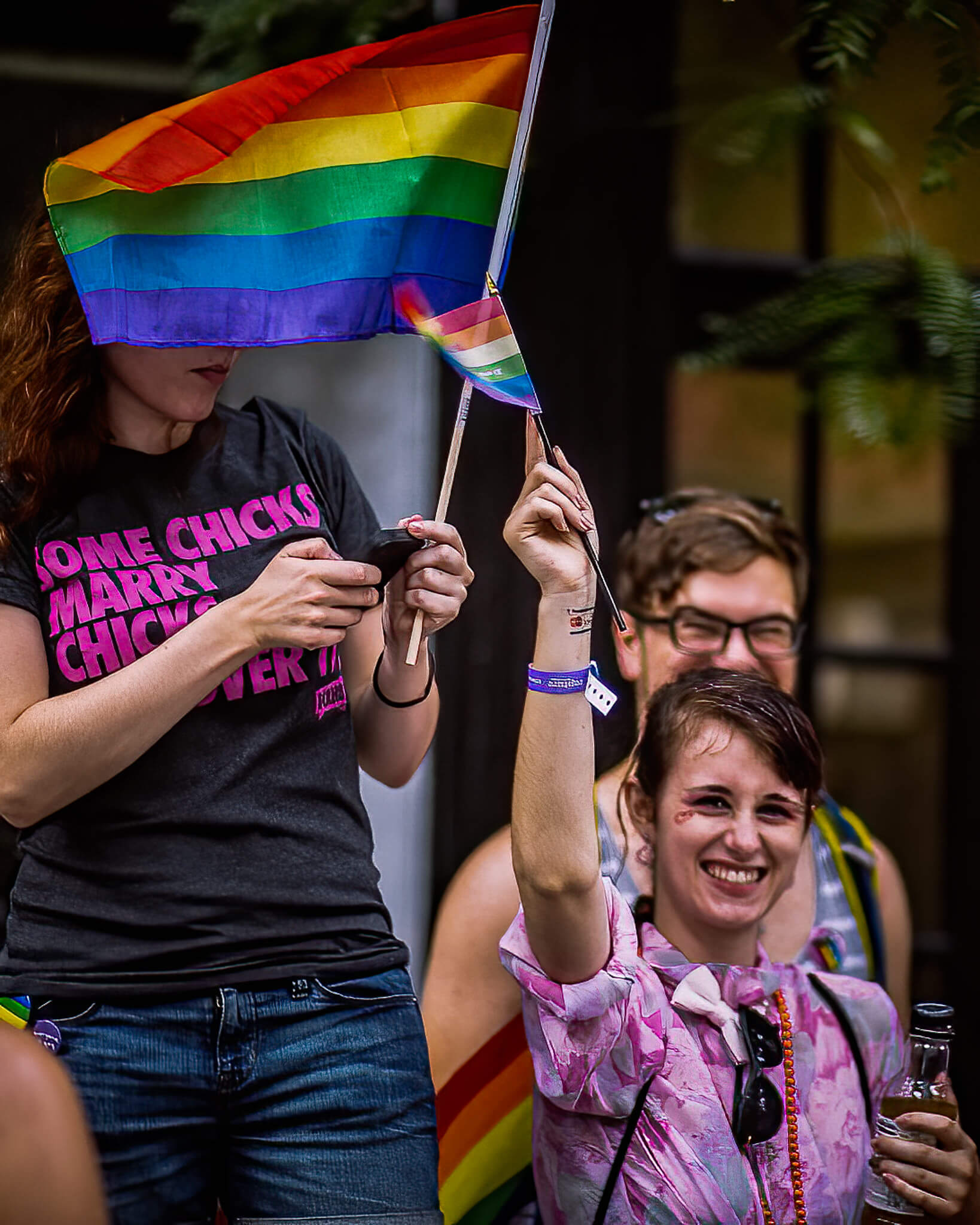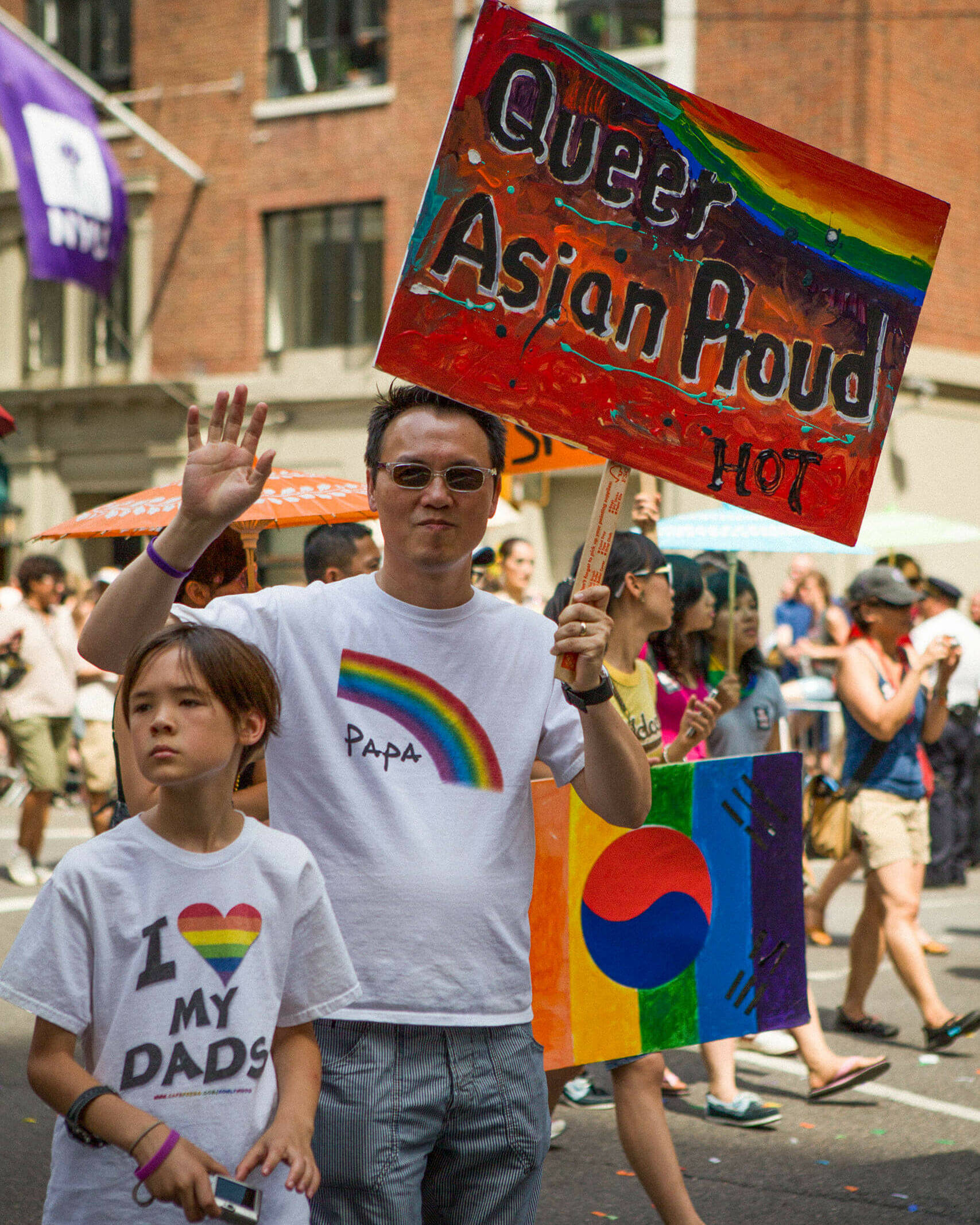The LGBTQ+ community has made significant strides in social acceptance and legal recognition in recent years, but the fight for equality is far from over. Pride events, which originally began as a form of protest, continue to carry an essential message of resistance against systemic discrimination and oppression.
The Origins of Pride
The LGBTQ+ community has a long history of being marginalized, discriminated against, and oppressed. However, the birth of the modern LGBTQ+ rights movement can be traced back to the Stonewall Uprising in 1969. This event, which was sparked by a police raid on the Stonewall Inn in New York City, led to several days of protests and riots. It was a turning point for the LGBTQ+ community, who had previously been forced to live in secret and face harassment and discrimination without any legal protections.
The first pride parade was held in New York City on June 28, 1970, to commemorate the one-year anniversary of the Stonewall Uprising. The parade was a political statement and a form of protest against the ongoing oppression of the LGBTQ+ community. Over the years, pride celebrations have evolved and expanded to include festivals, concerts, and other events, but the underlying message of pride as protest has remained.
As transphobia and LGBTQ+ persecution persist globally, and racism endures even within the LGBTQ+ community, it is imperative that we unite to build a brighter future for all members of our communities.
Challenges Still Faced
Despite the progress that has been made in recent years, the LGBTQ+ community still faces many challenges. Discrimination in the workplace is a major issue, with many LGBTQ+ individuals experiencing harassment, job loss, and other forms of mistreatment. Hate crimes and violence against LGBTQ+ individuals are also on the rise, particularly for transgender individuals and people of color within the community.
Transgender rights and issues have also come to the forefront of the LGBTQ+ movement in recent years. Transgender individuals face high levels of discrimination and violence, as well as challenges accessing healthcare, employment, and legal protections. Homophobia and transphobia are still prevalent in many parts of society, making it difficult for LGBTQ+ individuals to feel safe and accepted in their communities.
Why Pride is Protest
Pride is more than just a celebration of LGBTQ+ identity; it is a form of protest against the systemic discrimination and oppression that the community has faced for centuries. By coming together in large numbers, LGBTQ+ individuals are able to assert their right to exist and demand equal treatment under the law. Pride events also provide visibility and representation for LGBTQ+ individuals, which is important for creating a more accepting and tolerant society.
This Pride, let’s remember that none of us are free until all of us are free. And let’s raise our voices until we have built a brighter, safer future for those of us who are most marginalized and exploited.
Sex
Pantone® 218
C2 M63 Y0 K0
#FE6AB4
Life
Pantone® 1797
C0 M99 Y99 K11
#E40303
Healing
Pantone® 716
C0 M45 Y100 K0
#FF8C00
Sunlight
Pantone® 107
C0 M7 Y100 K0
#FFED00
Nature
Pantone® 356
C100 M0 Y70 K50
#008026
Magic + Art
Pantone® 3252
C71 M0 Y31 K0
#00C0C0
Serenity
Pantone® 2748
C75 M55 Y0 K44
#24408E
Spirit
Pantone® 2607
C82 M100 Y18 K12
#732982
Allies: Crucial Support for the LGBTQ+ Movement
Allies play a crucial role in the LGBTQ+ movement. Allies are individuals who support and advocate for the rights of the LGBTQ+ community, even if they are not members of the community themselves. Allies can help create change by challenging homophobia and transphobia in their own communities, advocating for inclusive policies and legislation, and providing support to LGBTQ+ individuals who may be struggling.
One of the most important things that allies can do is to educate themselves about the experiences and challenges faced by LGBTQ+ individuals. By listening to the voices of the community and seeking out information and resources, allies can better understand how to support and advocate for LGBTQ+ rights. Allies can also help create more inclusive and welcoming spaces by challenging discrimination and prejudice wherever they encounter it.
Strength in Solidarity: NYC Pride’s Message for 2023
In the face of increased attacks against the LGBTQIA+ community, including legislation and physical violence targeting trans and BIPOC individuals, NYC Pride aims to showcase the community’s power and resilience, along with the support of its allies. This year’s theme emphasizes the cultural significance of the LGBTQIA+ community within modern society, celebrating each individual’s uniqueness and the tremendous collective power they hold when united.
In a world where platforms of hatred and violence are often upheld and even celebrated, NYC Pride seeks to shine a light on the positive outcomes achieved by uplifting and supporting one another. Fear and intimidation may try to isolate and weaken the community and its allies, but when people come together, the strength found in solidarity is truly limitless.
The Future of the LGBTQ+ Movement
Intersectionality and inclusivity will be key factors in the future of the LGBTQ+ movement. By recognizing the diversity within the community and working to address the challenges faced by LGBTQ+ individuals who are also members of other marginalized groups, such as people of color, immigrants, and those with disabilities, the movement can become stronger and more effective. By continuing to demand equal rights and protections under the law, the LGBTQ+ community can create a better future for all individuals.
The War on LGBTQ+ People in America
Rising Anti-LGBTQ Legislation Threatens Progress in the US
In 2023, the number of anti-LGBTQ bills introduced in US state legislatures has surpassed the record set in 2022 and exceeds the combined total of such bills introduced in 2012, 2013, and 2014. According to a new series from the Movement Advancement Project, opponents of LGBTQ rights are targeting the community through policies that:
Erase LGBTQ presence: By removing LGBTQ-related content from schools and public life, opponents aim to silence the community and penalize supporters with fines or imprisonment.
Criminalize transition: Policies are being introduced to ban transition-related care and criminalize supportive parents and doctors. Additionally, these policies prevent transgender and nonbinary individuals from updating their identity documents.
Enshrine inequality: Efforts are being made to dismantle nondiscrimination protections, leaving LGBTQ individuals more vulnerable to employment, housing, and service discrimination.
Create systemic barriers: By restricting voting rights and increasing gerrymandering, opponents make it harder for individuals to create change or elect leaders who support LGBTQ rights.
Silence allies: Anti-LGBTQ opponents aim to penalize parents, teachers, doctors, and companies who support the LGBTQ community.
This surge in anti-LGBTQ legislation is accompanied by dangerous and inflammatory rhetoric, painting LGBTQ individuals as predators and encouraging violence against them. The resurgence of the “groomer” narrative is particularly troubling.
Far from being a moment of progress with a few setbacks, 2023 highlights an ongoing battle against LGBTQ people and their right to openly exist in America.
“It could be easy to think that LGBTQ people are continuing to move toward acceptance and equality, but in fact, the opposite is true. LGBTQ people in America are under attack like never before. Certainly, there has been increased media attention to so-called “Don’t Say Gay or Trans” bills and efforts to censor school curricula, ban books, ban transgender youth from playing sports, and ban transition-related care for transgender youth. Seeing each of these issues individually is like focusing on a single skirmish without understanding that they are part of a larger war against LGBTQ people in America.” —Movement Advancement Project. February 2023. Under Fire: The War on LGBTQ People in America.
prIde iS PROTest
prIde iSPROTest
The NFT Collection
Journey through a decade of New York City Pride March, from 2011 to 2022
I remember coming out when I was 19 years old in the early 1990s. It was a scary time, both for me personally and for the LGBTQ+ community as a whole. I was living in Istanbul at the time, where there was a distinct lack of resources and information for people like me who were struggling to come to terms with their identity.
Istanbul → New York
A couple of years later I made the decision to travel to New York City, where I spent countless hours in book stores, hungrily devouring any and all literature I could get my hands on that explored LGBTQ+ issues. I was eager to establish some sense of history in this newly accepted and discovered identity.
Uncovering this previously mysterious history that I had always felt intrinsically, but never had any concrete information on was an incredibly illuminating experience for me. I had a voracious appetite for anything written about the LGBTQ+ movement, be it in literature, poetry, or art – I would take copious notes, highlighting passages and making connections that I hadn't previously been able to make.
While in New York City, I experienced my first Pride March. What I witnessed there –such pure expression and celebration –free from man-made constraints of gender and sexuality, was something I had previously not been able to even fathom, especially coming from where I come from.
First LGBTQ+ web portal in Turkish
Upon returning home to Istanbul, I began the process of translating all of those notes back into Turkish. It was then that I started working on creating a website that would ultimately become the very first LGBTQ+ community portal entirely in Turkish, back in 1998.
The site was a resounding success, connecting tens of thousands of visitors, many of whom would leave messages expressing profound gratitude for the information provided. It was like a lifeline of history and substance on a matter that the people of Turkey had previously dared not speak of.
Motivated by the absence of information when I was struggling with coming out, I felt compelled to be a beacon for others in my country who were struggling the same way I had. I wanted to show them that we had a history and a place in this world, and that we weren't alone in our experiences.
Pride through my lens
I am an introverted photographer, preferring to capture moments in earnest when the subject isn't necessarily aware of the moment I'm highlighting. At the same time, I find myself attracted to celebrating those who flaunt and dance with their own self-expression. I admire and respect them for bursting with vibrancy and courage that I struggle to fully embrace for myself, whether that's because of my generation or the customs of my homeland that still cling to me all these years later.
From the moment I picked up a camera and began to live this life as a photographer, I made a promise to myself to revisit the Pride March each year. To record its raw, unbridled beauty and to serve as a reminder to myself, of how very far I’ve come… how far we’ve all come. In 2013, I even had the distinct privilege of marching in the parade and documenting its majesty from the inside out. It has become a proud cornerstone of my work, a record of queer power and beauty that informs my art as much as it informs my own humanity.
The intent of selective color technique
When we see the proud colors of the LGBTQ+ flag flying today, it's easy to forget the dark history behind it. It's easy to forget that for every flag we see raised high, someone paid for that freedom. That's why I've chosen to juxtapose the vibrantly colored portions of the images I create against desaturated background subjects that harken back to newsprint. My intent is to illustrate the historical importance of the Queer movement, and to emphasize that the work is far from finished. There are still at least 68 countries that have laws criminalizing same-sex relations between consenting adults. There is not a week that passes where a red US state passes another law to discriminate against the LGBTQ+ community. It's a reminder that we have come far, but we still have a long way to go.
The artwork titles
My decision to name each piece after a song title was inspired by the advent of disco music and disco clubs in the 1970s. These clubs became safe havens for many closeted LGBTQ+ individuals, where they could freely be themselves without fear of judgment. In my early twenties, I personally experienced this liberation shortly after accepting my own identity, just as I began coming out to my friends.
Perks for collectors
Each NFT holder will receive a 1/10 limited edition hand-signed and hand-numbered 16x20" archival giclée print of the NFT collected, along with a perfect-bound, 48-page book printed on HP Indigo 100K that includes all 21 images from the series.
Organizations working to improve the lives of LGBTQ+ Americans
If you are interested in supporting organizations that work towards LGBTQ+ causes, here are some links to consider:
All Out: https://www.allout.org/
Human Rights Campaign: https://www.hrc.org/
The Trevor Project: https://www.thetrevorproject.org/
GLAAD: https://www.glaad.org/
Lambda Legal: https://www.lambdalegal.org/
National Center for Transgender Equality: https://transequality.org/
PFLAG: https://pflag.org/
Trans Lifeline: https://translifeline.org/
The National LGBTQ Task Force: https://www.thetaskforce.org/
True Colors United: https://truecolorsunited.org/
Transgender Law Center: https://transgenderlawcenter.org/
There are many local, state, and national organizations working to make things better for LGBTQ+ people, and change is happening every day. For more about these organizations, visit Movement Advancement Project’s Resource Page for an introduction to organizations working to improve the lives of LGBT Americans.
LGBTQ+ Related Days
27
January
Holocaust Remembrance Day
7
February
National Black HIV/AIDS Awareness Day
Last week in March
National LGBT Health Awareness Week
31
March
International Transgender Day of Visibility
26
April
Lesbian Visibility Day
17
May
International Day Against Homophobia, Transphobia, and Biphobia
22
May
Harvey Milk Day
June
Pride Month
12
June
Pulse Night of Remembrance
19
June
Juneteenth
16
July
International Drag Day
23
September
Celebrate Bisexuality Day
23
September
Celebrate Bisexuality Day
October
LGBT History Month
11
October
National Coming Out Day
17
October
International Pronouns Day
3rd Thu in Oct
Spirit Day
20
November
Transgender Day of Remembrance
1
December
World AIDS Day
